Written by Sophie Kalkowski-Pope
Note: This article describes a rescue drill, not a real diving incident
“Okay, we have an emergency. Deploy the safety diver. Go, Go”, Simon says with a wry grin. The deck erupts into a flurry of activity, as I race towards the edge of the boat where my gear is waiting for me. The attendants bustle around me, clipping on my backup air supply and doing the final equipment checks. “Sling tank, on”, “Tether, on”, “Face mask, sealed”. “Supervisor, ready to enter the water?
I plunge into the water, and my heart is racing as I bomb down the water column, bubbles streaming past my face. The water darkens, as I approach the bottom at 21m. I see the diver floating motionless near the seafloor, their buddy on standby nearby. I dump all the air from my BC, and get them into the rescue position, one hand through their BC and wrapped around their chin, the other on their inflator hose.

Pausing a moment, I calm myself, get them neutrally buoyant, and then begin the long ascent to the surface. It’s a fine balance between adding enough air and momentum to get the body weight of two people to the surface, but dumping enough air that the ascent rate is slow, steady, and controlled. We reach 5m, and a big OK from Simon signals the end of the drill.

In a severe diving incident, we now have about 4-6 minutes before a person starts to undergo neurological damage from a lack of oxygen. As standby divers, a diver should be able to be geared up, in the water in under 30 seconds. In reality, this is more challenging than you would expect. These rescue skills were something that was constantly reinforced throughout our training.
ADAS Part 1 Scientific Diver Qualification
Over the course of January and February, I spent two weeks in Sydney completing my ADAS Part 1 Scientific Diver Qualification. This is an occupational level certificate that allows divers to be employed for “work” underwater, specifically SCUBA to depths of 30 metres. ADAS, or the Australian Diver Accreditation Scheme is the Australian authority for certifying occupational divers, which are internationally recognised around the globe. To understand more about the difference between recreational and occupational diving, you can read more here.
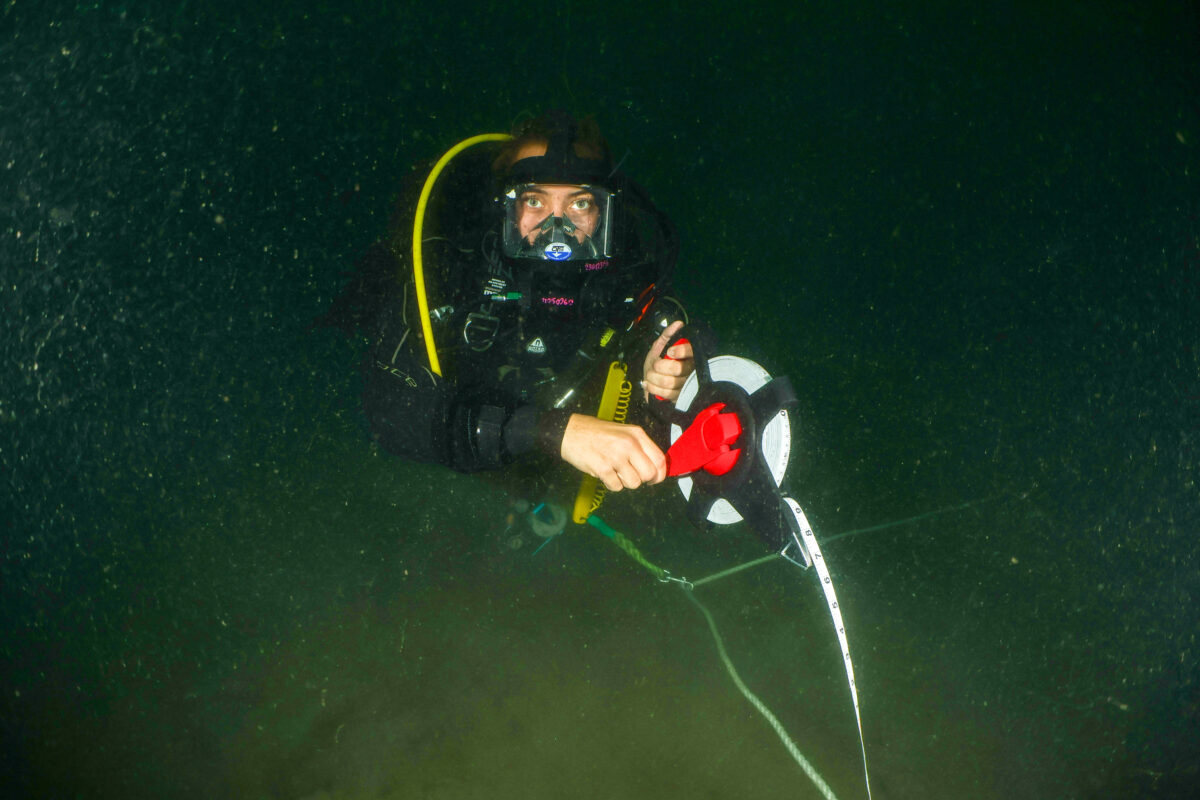
This course was run through the Commercial Diving Academy (CDA), a training institution that provides a range of occupation level diving certifications at locations all throughout Australia. Unlike traditional solely commercial courses, this Part 1 was specialised to have a scientific focus, adapted for the way research teams work underwater. Our trainer, Simon Talbot, is one of the leading commercial instructors in Australia, and has been a longstanding supporter of the Australasian Scholarship. His years of experience were invaluable on the course.

Our training began in January, with a week of online theory covering a range of topics from equipment, to medical incidents and barotrauma, Australian standards, legislation, DCIM tables and much more. This was in preparation for our 5 exams that would be completed at the start of our training in Sydney. Then began the two week practical component of our certification. During this time, we stayed at the Sydney Institute for Marine Science (SIMS) located on the beautiful Sydney Harbour.
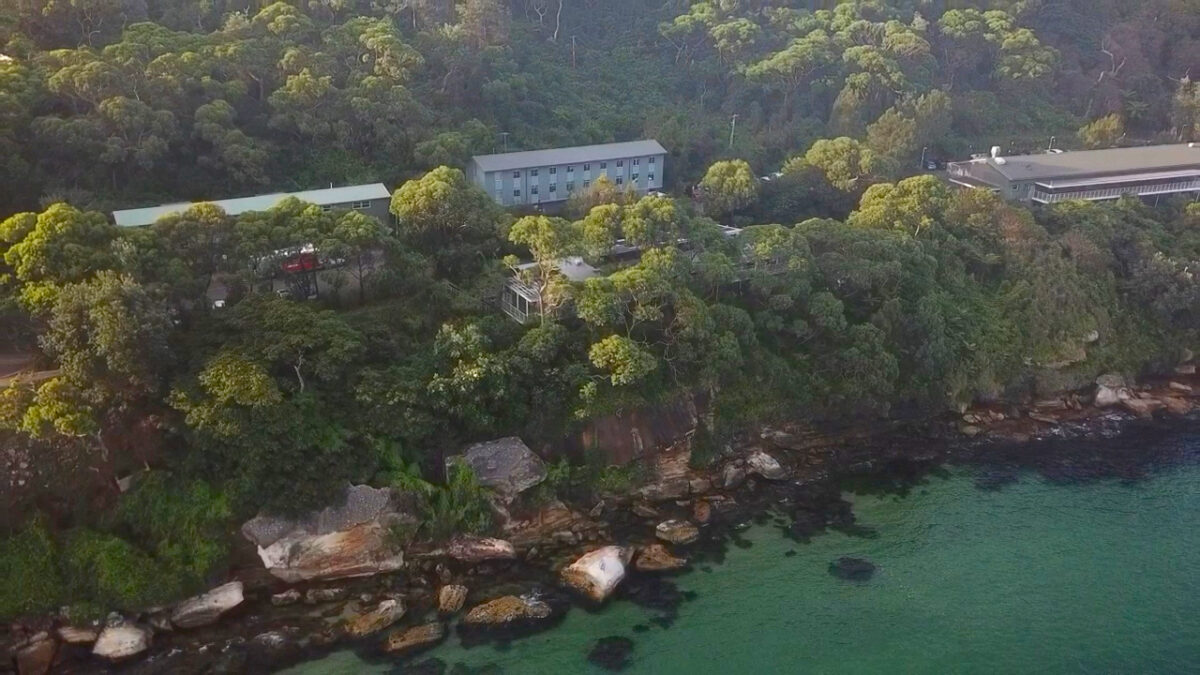
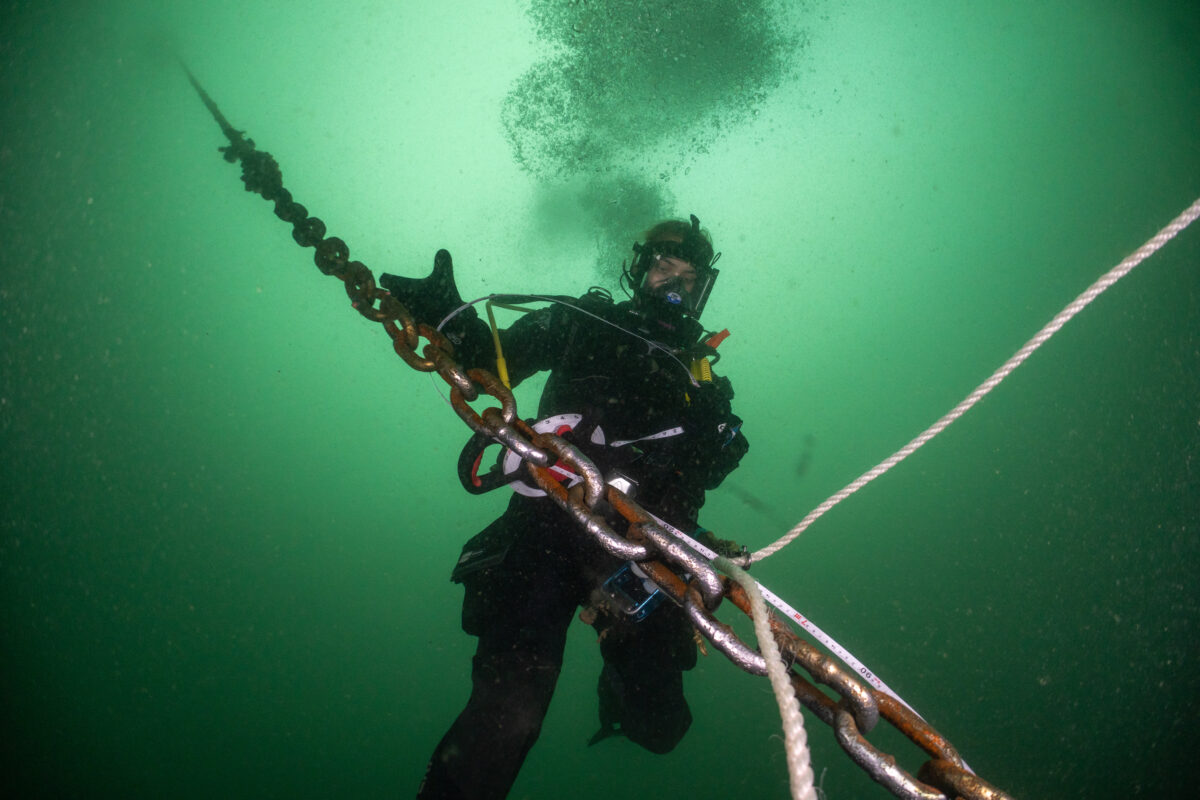
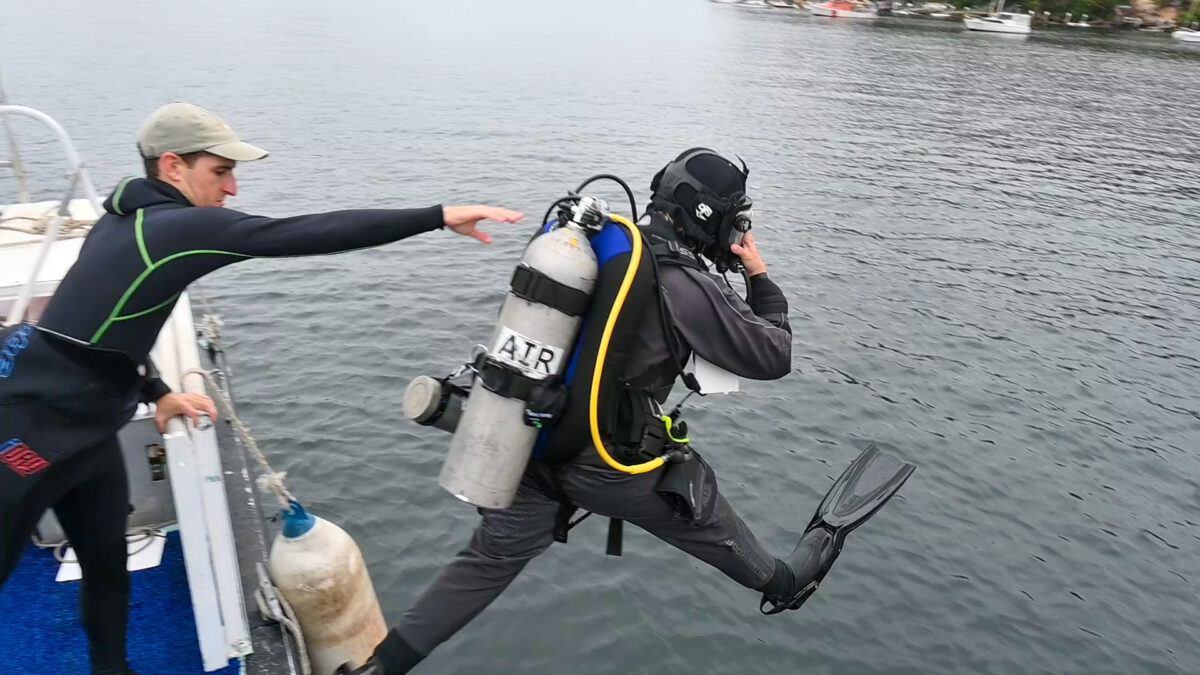
The course was intensive, doing a total of 21 dives over the course of the two weeks. We practised navigational exercises, search patterns, and even deep water rescues from a depth of 21 metres. A big focus of the course was also paperwork, safety briefings, toolbox talks and what is required to effectively and safely manage a dive team underwater. Fun fact: Our group was one of the first teams in 10 years to successfully set up our 15x15m metre rope transect, not once, but twice!

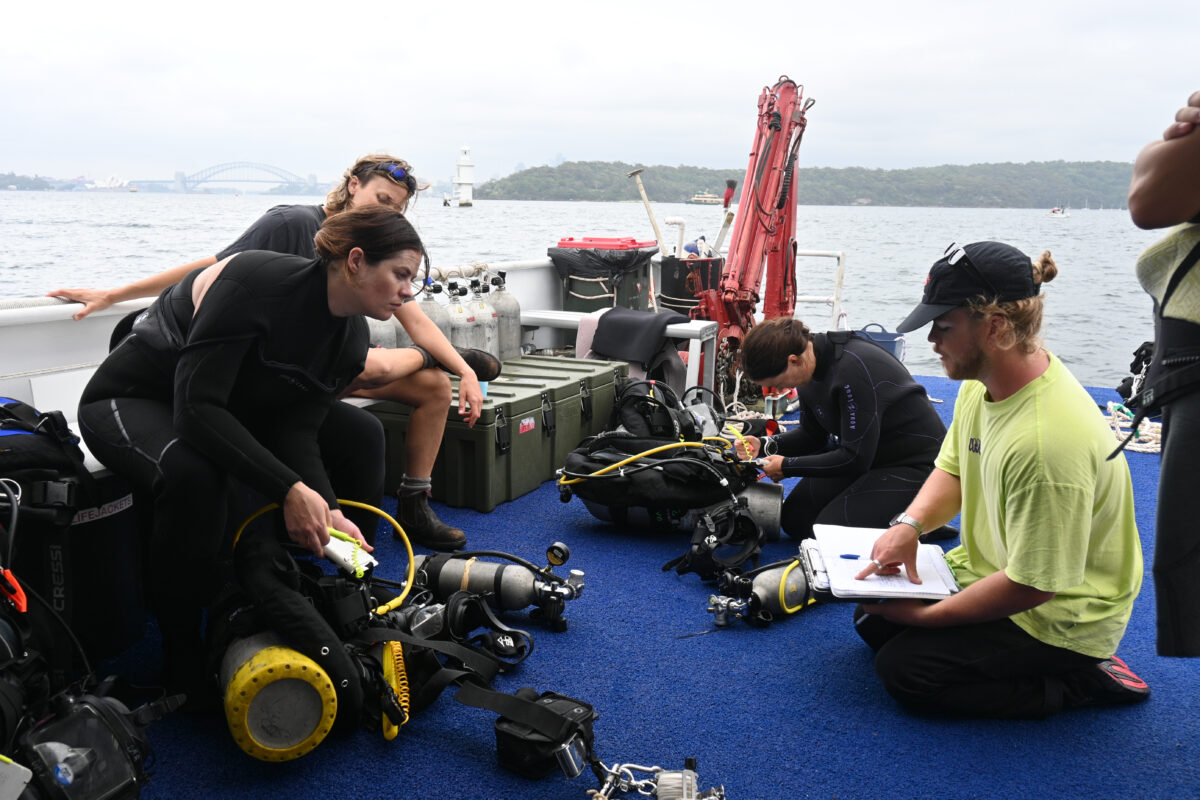



The course tests our ability to manage complex situations underwater, as we grappled with task loading, team communication and low vis conditions. Diving in the silty bays of Sydney Harbour, we had to quickly become comfortable with visibility of 1-2m. While this presented new challenges it was also a great learning experience for me. Given these conditions, we also completed all dives tethered, which was a new experience to navigate. A 3 person dive team clipped onto a single line certainly offers some entanglement hazards if not managed appropriately!
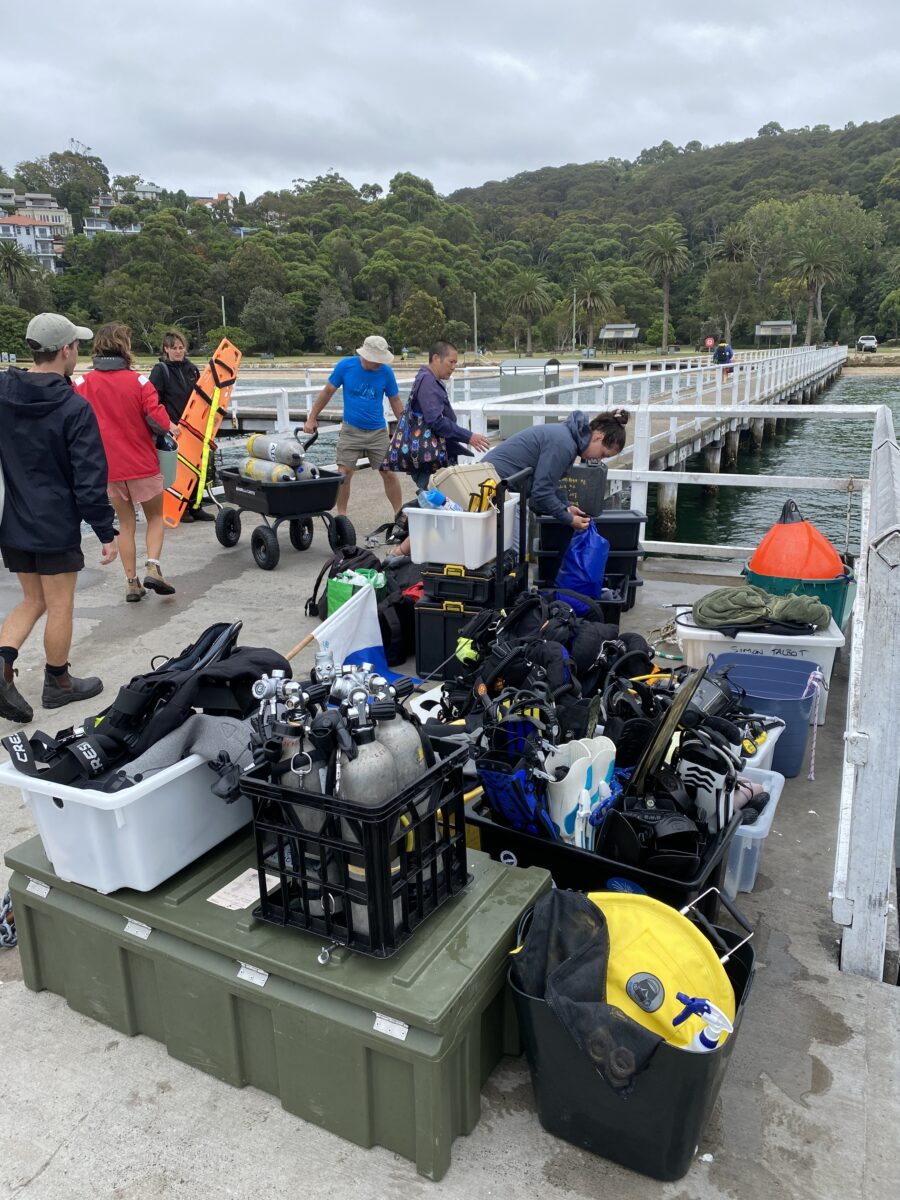
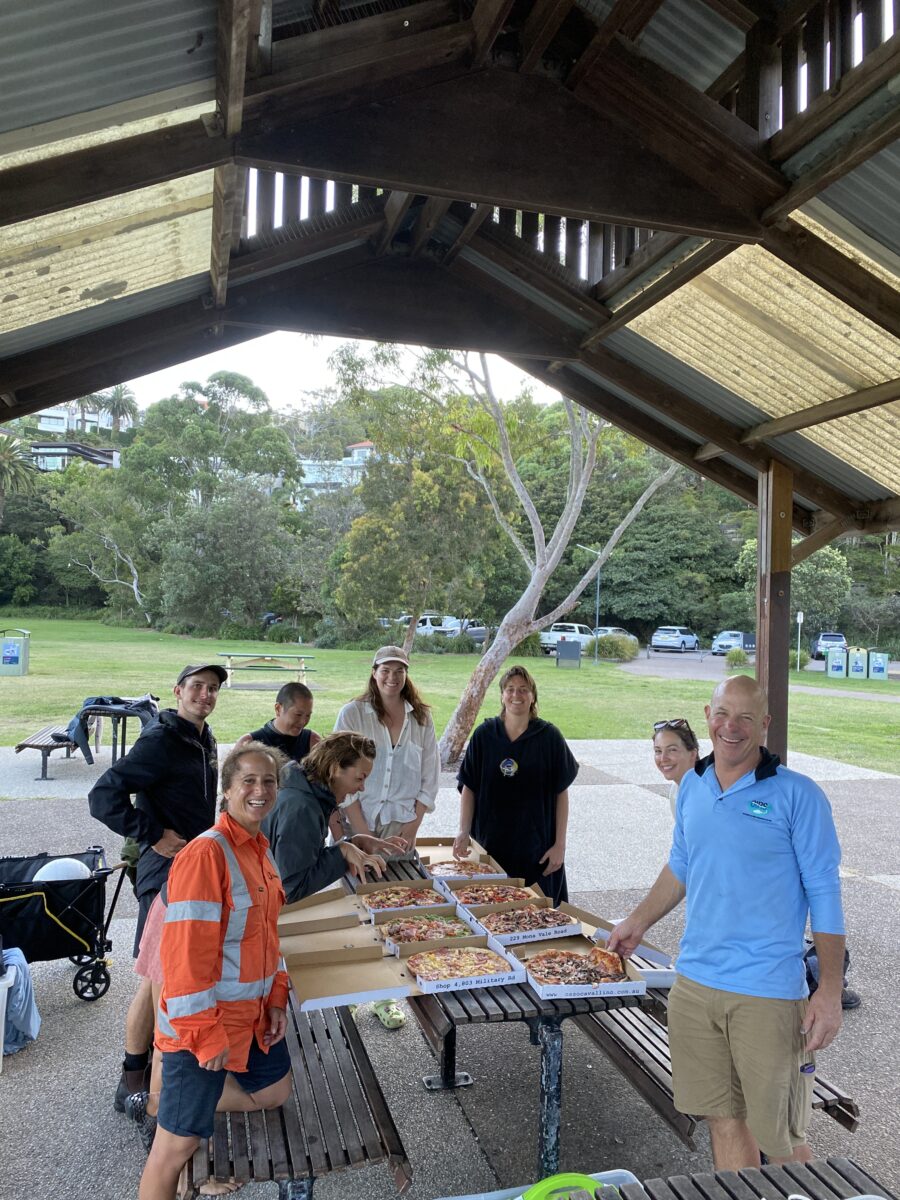
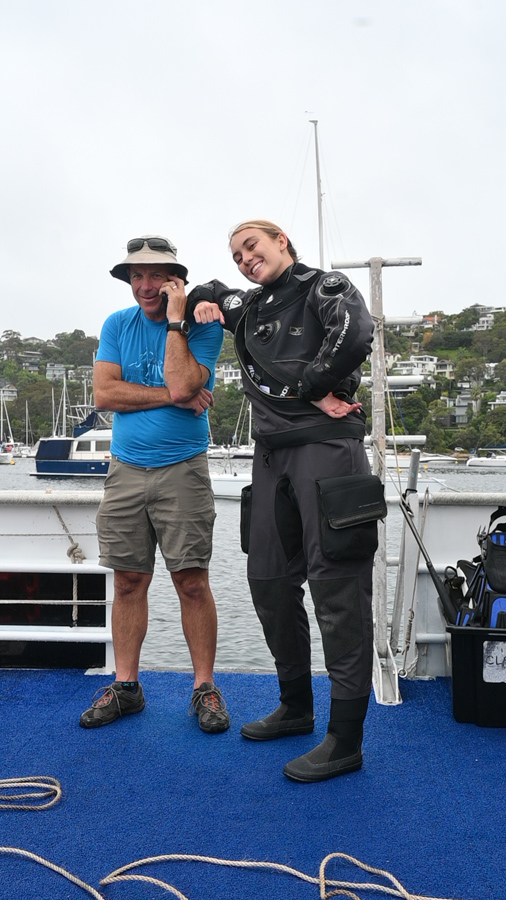
During the course I had the opportunity to try some new diving equipment, including full face masks, sling tanks and topside communications! Diving with the OTS Guardian Full Face Mask certainly felt daunting at first, by the end of the course I felt confident using this new piece of kit!



Here are a few shots of my first time using the sling tanks and full face masks in the pool, and doing some mask clearing exercises! This involves taking a breath, flooding the full face mask, and switching to your regulator, putting on your regular mask, and then the same in reverse.

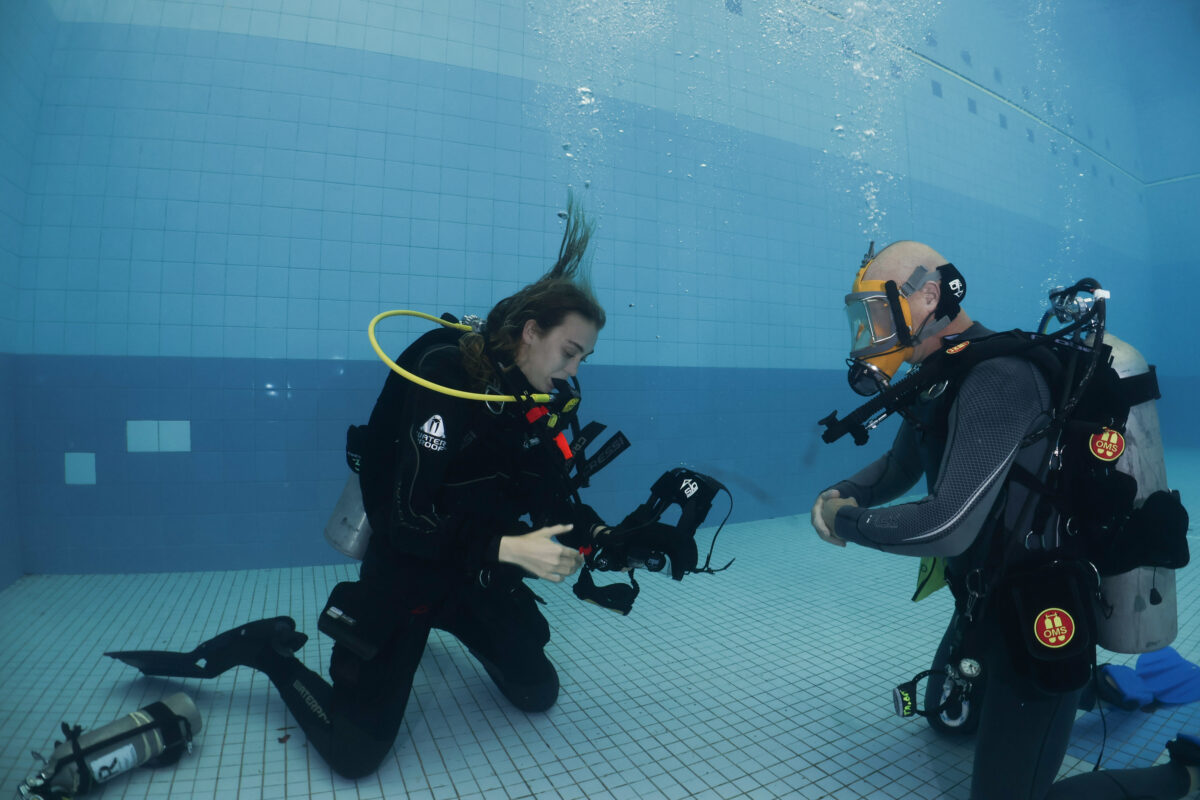
It was challenging and exciting to have the opportunity to trial a new environment, gear and skills simultaneously.
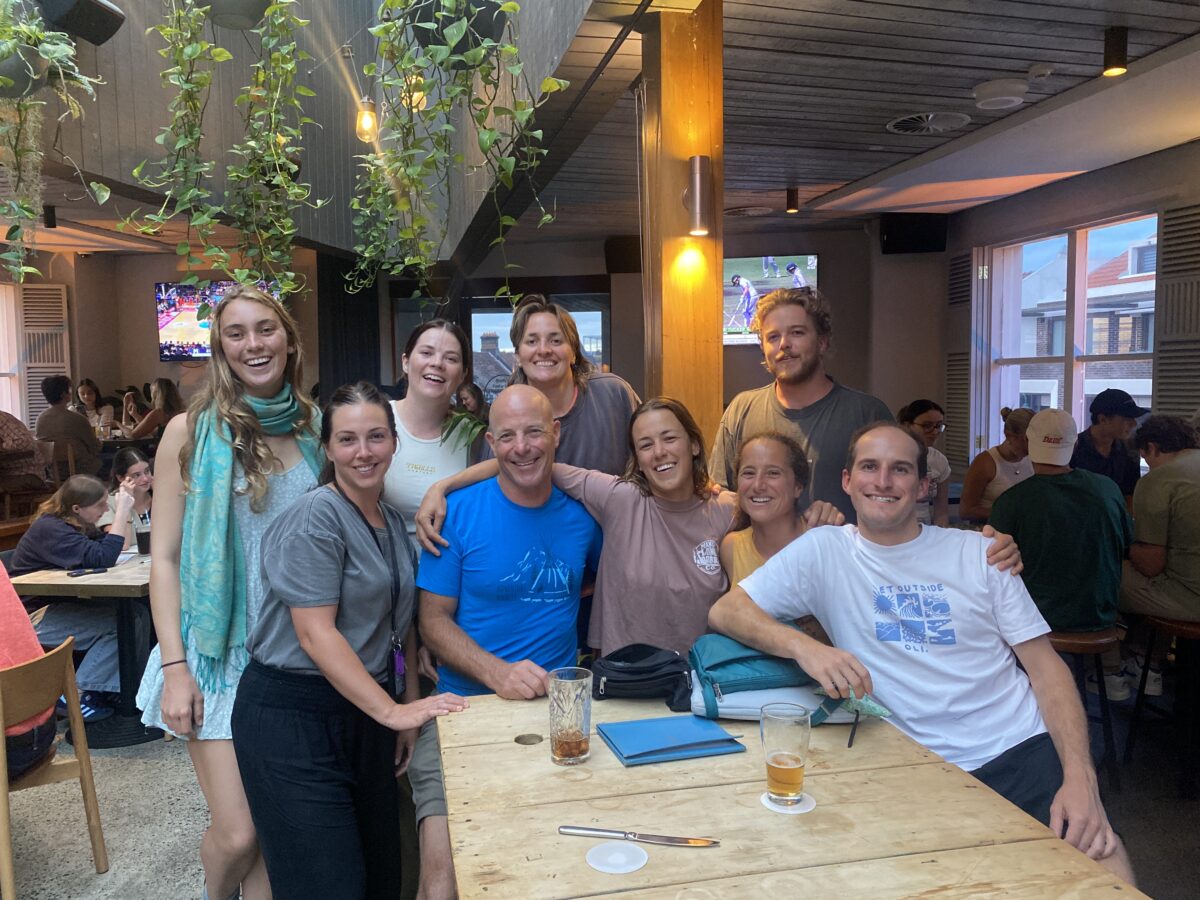
Obtaining this certification was one of the big goals of my scholarship year. I’m very grateful to have achieved this and excited to see what opportunities it could open up for me in terms of employment in the future. I want to extend a sincere thank you to Commercial Diving Academy and Simon Talbot for hosting me on this program, which I would highly recommend to anyone considering work in the diving industry.

I am so grateful to OWUSS for making opportunities I would not have dreamed of before and broadening my horizons to a global scale. A special thank you to the countless volunteers behind OWUSS, and the sponsors that make this scholarship possible at ROLEX. I would also like to thank my equipment sponsors at TUSA, Waterproof International, Reef Photo & Video, Mako Eyewear, Penetrator Fins, my camera gear sponsors at Reef Photo & Video, Nauticam, and long time scholarship supporters DAN, and PADI.
To follow along on my adventures, I highly recommend you follow me on social media!
My Instagram @sophie_dives is where I post most regularly.
You can also contact me on LinkedIn, Twitter, Tiktok, and the Australasian Scholar Facebook Page.
You can also subscribe to this blog here!